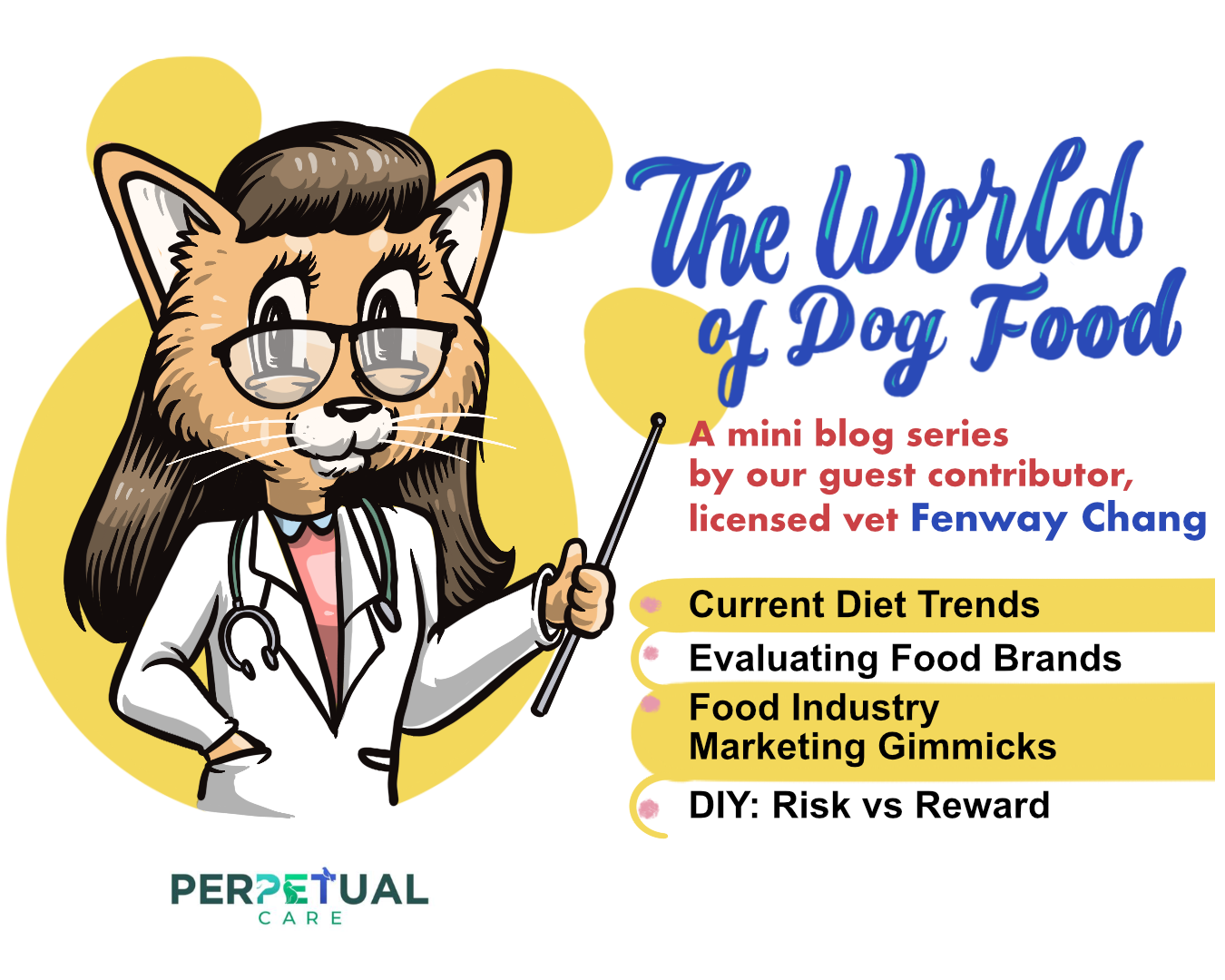DIY Diets: Risk vs Reward
There is a lot less regulation or instruction when it comes to home cooked meals and feeding raw (self-made or commercially bought). While feeding a nutritionally balanced, home-cooked diet for your dog is possible, it is very important to consult with a veterinary nutritionist...

There is a lot less regulation or instruction when it comes to home cooked meals and feeding raw (self-made or commercially bought). While feeding a nutritionally balanced, home-cooked diet for your dog is possible, it is very important to consult with a veterinary nutritionist to develop an individualized plan before starting your dog on a long-term home made diet.
Is homemade the answer?
Outside the context of allergy food trials where restricting ingredient intake is prescribed by vets, homemade diets are rapidly gaining popularity. This is mainly due to the sense of control owners get in knowing exactly what goes into their pets’ bowl. There is also a social and cultural aspect of being able to show love when preparing the food. Unfortunately, there is a high risk that the homemade food is nutritionally imbalanced and may cause malnutrition in the long run.
According to a study done at the University of California, Davis School of Veterinary Medicine, 95% of recipes collected from websites, veterinary textbooks and pet care books were deficient in at least one essential nutrition and 84% lacked multiple essential nutrients. However, there is no harm in offering the occasional home cooked meal for your dog as a treat!
How do I safely feed raw?
Raw diet, commonly known as Biologically Appropriate Raw Food (B.A.R.F) is a controversial topic in the pet world and sometimes even in the veterinary world. These diets can be either commercially made or homemade; the working theory is that dogs should eat the diet they evolved to eat - uncooked meat, bones and greens. However, the average life span of wolves is significantly shorter than that of domestic dogs. And although there are many factors that come into play, it is hard to conclude that a raw diet is the best based on this argument. In fact, red and grey wolves in zoos are mainly fed commercial dog food, supplemented with raw food (source).
Most health claims regarding raw diets are anecdotes or opinions at this time. To date, there are very few clinical studies on this topic to support the health benefit claims of raw diets, but there are definitely health risks associated with feeding raw diets to pets, owners and the environment. Besides the potential for malnutrition if the diet is prepared at home, the most concerning risk of feeding a raw diet is the potential for bacterial contamination.
The bacteriological quality of raw commercial pet foods, has been noted to fail threshold levels for raw human meat products in a high proportion of sampled foods in both Europe and North America. The health risk of contaminated raw food is not just limited to the individual pet being fed the diet. Cases of bacterial transmission and parasitic infection to the owner from handling the food or via contact with contaminated surfaces have been reported in many studies.
If owners choose to feed their pets a raw diet after understanding the risks involved, practicing safe food handling is very important. Freeze‐thawing of raw meat will destroy a lot of the common parasites in contrast to bacteria, although effects vary by organism and by the temperature and duration of the freezing process. As with any homemade diet, it is strongly recommended to first consult a veterinary nutritionist, as malnutrition may take a long time to develop into clinical signs.





